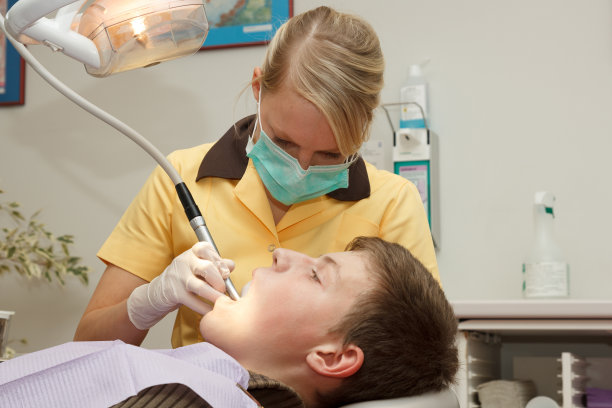The Essential Guide to Safely Extract a Tooth and Maintain Healthy Oral Care Practices
Summary: This article serves as a comprehensive guide on the safe extraction of a tooth and the essential practices for maintaining healthy oral care. It emphasizes the importance of consulting a dental professional when considering tooth extraction while also addressing the necessary steps an individual can take if they choose to undertake the procedure at home. Moreover, it highlights the significance of post-extraction care and ongoing oral hygiene practices to prevent future dental issues. By following this essential guide, individuals can ensure a safer extraction process and an improved oral health regimen.
1. Professional Guidance is Crucial

Before attempting tooth extraction, it is imperative to seek professional dental advice. Dentists have the training and expertise to evaluate the specific dental situation and determine whether extraction is necessary. A proper diagnosis can prevent unnecessary complications, ensuring that the procedure is conducted safely.
Consultation with a dentist often involves X-rays and a thorough examination, which can reveal underlying issues that may not be visible to the naked eye. These assessments play a critical role in deciding if home extraction is advisable or if the patient should undergo the procedure in a clinical setting.
Moreover, dental professionals can provide essential pre-extraction advice, including the best practices for managing pain and anxiety, ensuring that individuals feel more comfortable going into the procedure.
2. Preparing for Tooth Extraction at Home
If a dental professional has advised that tooth extraction is safe to perform at home, the next step is preparation. Gathering the necessary tools is crucial, including sterilized instruments such as dental floss, gauze, and possibly a pair of tweezers. Ensuring cleanliness will help reduce the risk of infection during the extraction.
Before the procedure, its beneficial to implement a few preliminary steps. This may include the use of pain relief medication and reducing the intake of any substances that could thin the blood, such as alcohol or certain supplements. Having a trusted person present during the procedure can also provide emotional support and practical assistance.
Understanding the anatomy of the tooth is another vital aspect of preparation. Knowing the location of the tooth root and any associated nerves can greatly facilitate a smoother extraction process while minimizing discomfort and complications.
3. Safely Extracting the Tooth
Executing the extraction itself requires a calm and steady approach. First, ensure that the area surrounding the tooth is numb, which can be achieved through over-the-counter numbing gels. Gently rocking the tooth back and forth can help dislodge it from the gum more easily.
Applying firm, but gentle pressure, will assist in removing the tooth. It is crucial to avoid sudden or excessive force that might lead to damage to surrounding tissues or teeth. Utilizing appropriate techniques, such as pulling at different angles, can enhance the effectiveness of the extraction.
Patience is key during this process. Should resistance occur, re-assessing the situation and possibly consulting an emergency dental service if complications arise may prevent further issues.
4. Post-Extraction Care and Maintenance
After successfully extracting a tooth, post-care is critical to ensure healing and avoid complications such as infections. The immediate care involves biting down on a piece of gauze for about 30 minutes to help stop bleeding. If the bleeding doesn’t subside, changing the gauze regularly may be necessary.
It is also vital to monitor for any signs of infection, including increased swelling, pain, or a fever. Should any of these symptoms arise, reaching out to a healthcare provider is imperative.
Long-term oral health practices should include proper brushing and flossing techniques, regular dental check-ups, and a balanced diet to support gum health. Utilizing fluoride toothpaste and mouthwash can also help to maintain healthy oral hygiene and prevent future tooth decay.
Summary:
In conclusion, the process of safely extracting a tooth and maintaining oral health is multifaceted. Seeking professional guidance remains the most crucial first step, ensuring that individuals are well-prepared for the procedure according to their specific needs. Understanding preparation, execution, and post-care measures is paramount to ensuring a smooth extraction experience and fostering long-term dental health.
This article is compiled by Vickong Dental and the content is for reference only.



